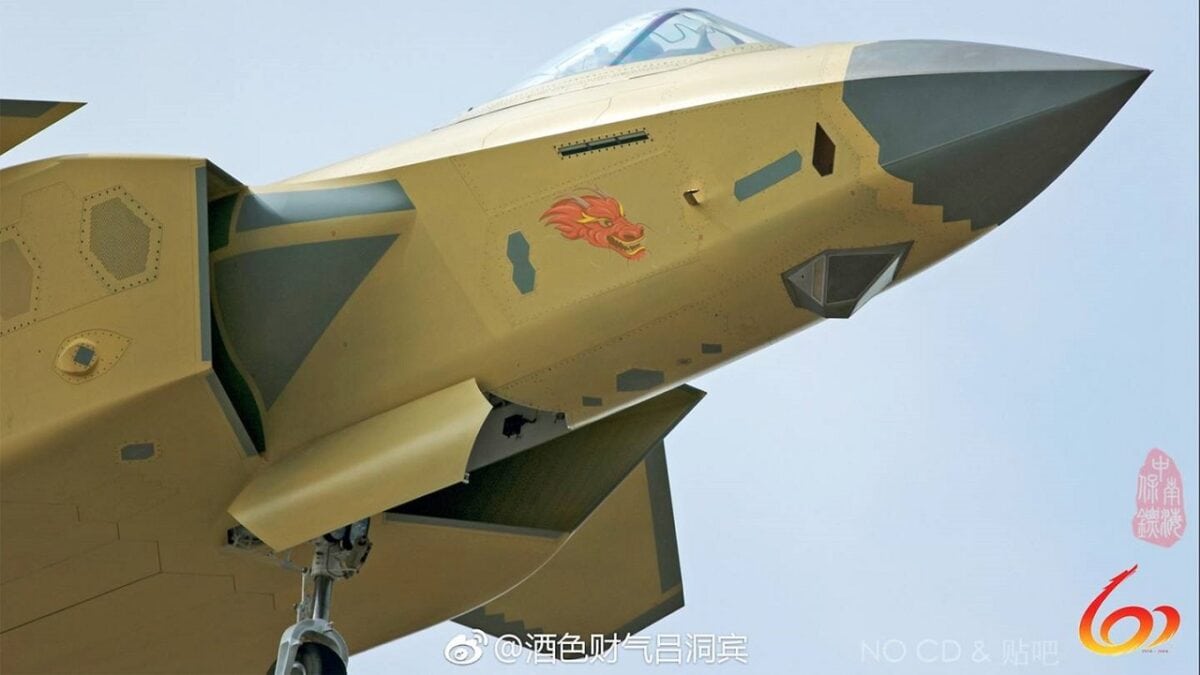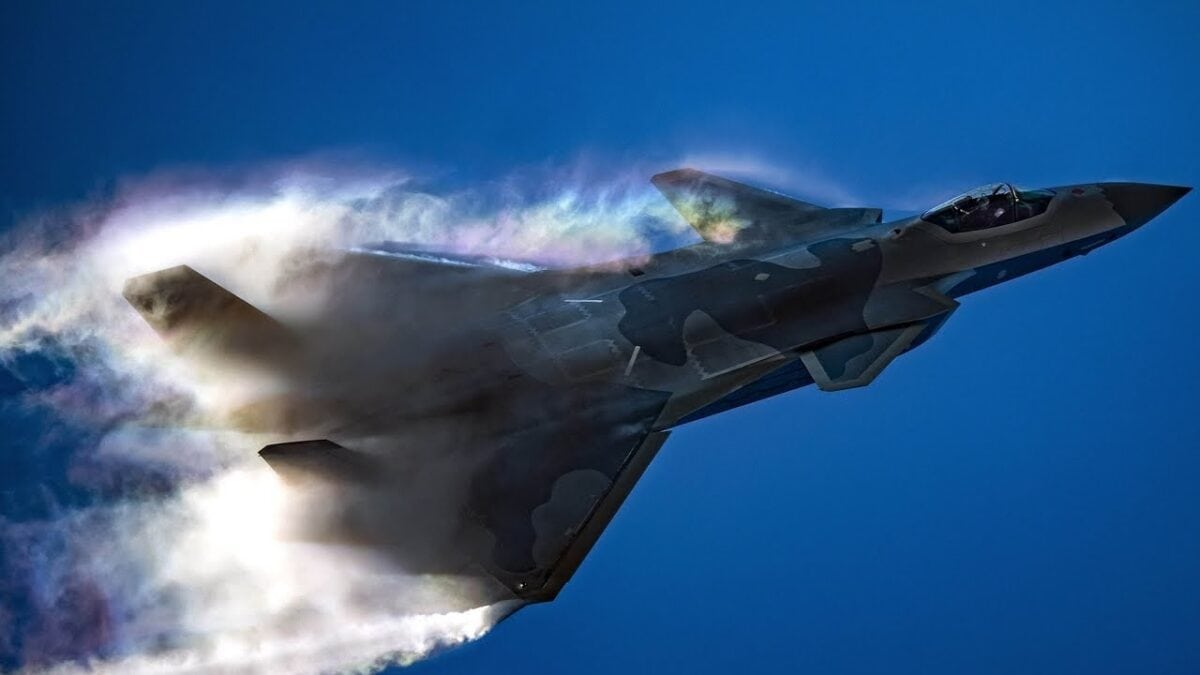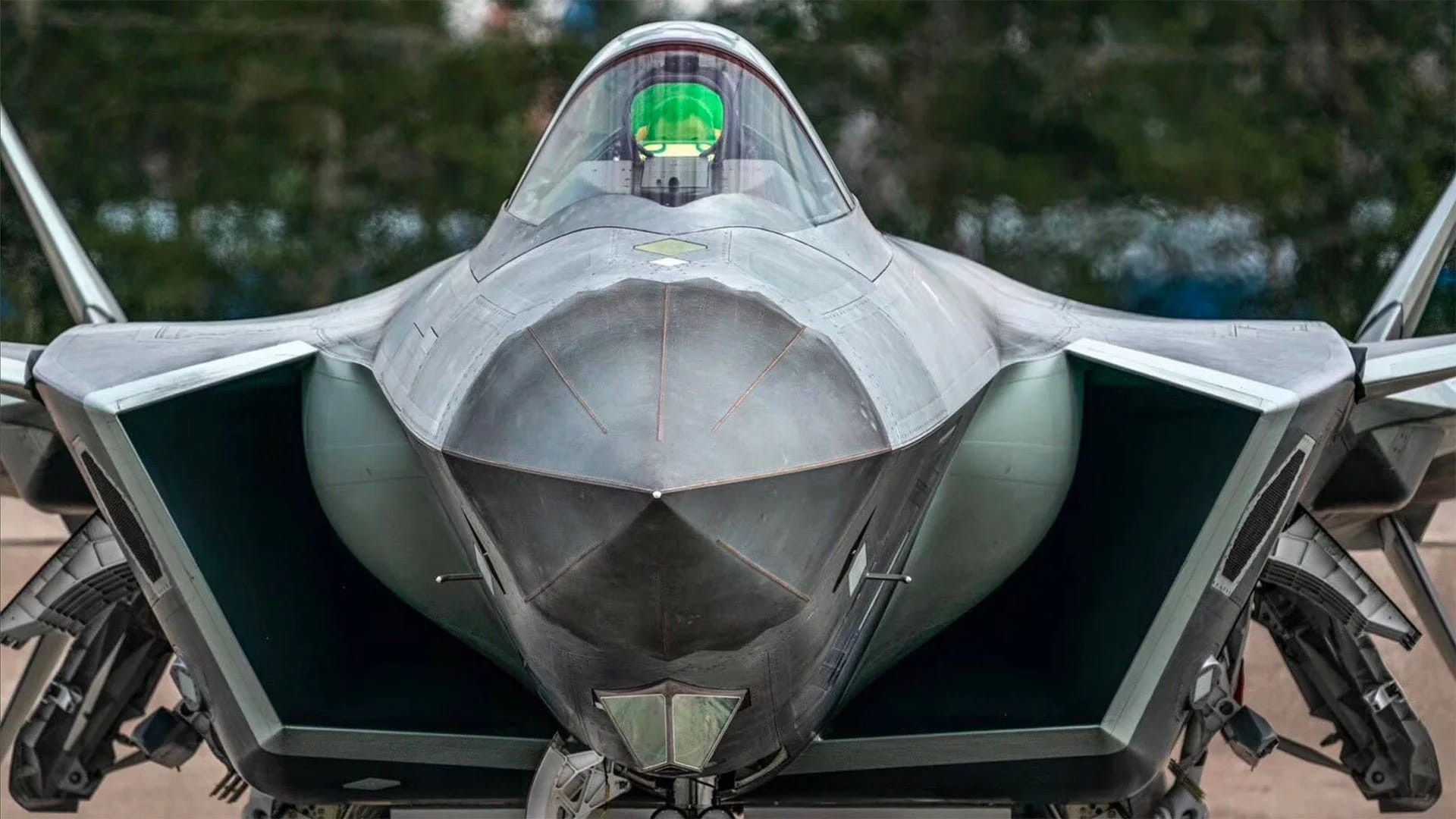Much has been made of China’s admittedly notable achievement in building its first fifth-generation fighter, the J-20. Particularly with the addition of homegrown engines, it represents a major step for the Chinese aviation industry, making China only the third country in the world to field a fifth-gen fighter.
While the J-20 is a capable aircraft in its own right, U.S. planners and military leadership currently appear unconcerned that it has the capabilities to outmatch the F-22 or F-35.
Speaking at the 2023 Air & Space Forces Association’s annual symposium earlier this month, General Kenneth Wilsbach, head of U.S. Air Forces Pacific said “I don’t think that [the J-20] is a dominating aircraft at this point, compared to what we have.”
These comments reflect the general consensus of U.S. military leaders on Chinese capabilities.
How good is the J-20?
Without doubt, the J-20 represents a formidable piece of technology.
While much of its capabilities are still somewhat of a question mark due to its highly secretive nature, it clearly has decent stealth capabilities based on its design – blended wing and fuselage, canted vertical stabilizers, and stealth coating.
Furthermore, it is reportedly equipped with the EOTS-86 optical sensor system for acquiring stealth targets, similar to the IRST system of the F-35. Its new engines, developed in-house, give it serious power.
While not as powerful individually as the Pratt and Whitney F135 installed in the F-35, due to its twin-engine design make the J-20 more powerful than either the F-35 or the F-22.
What Makes U.S. Aircraft Better?
In comparing the J-20 with the F-22 and F-35, there are a few key takeaways. It is simple to compare stats such as payload or thrust (the J-20 wins in both these categories), however, that misses the forest for the trees.
The biggest unknown is sensor suites and networking ability. Current air warfare theory relies on beyond visual range (BVR) engagements whereby whichever opposing aircraft is able to identify, track, and deliver a missile against its adversary first will win the fight. So far, it seems that U.S. sensor systems maintain an edge in this arena.
This detection ability is enhanced by the networked nature of U.S. assets, particularly the F-35. The Lightning II is able to interface with surface, airborne, and even spaceborn assets to build a more complete picture of the battlespace and enhance pilot situational awareness.
This works both to help maximize the detection window of the F-35 while also allowing it to “quarterback” or vector other assets to engage that may not have the same sensing capability. The Next Generation Air Dominance (NGAD)system currently in development plans to take this a step further and have an F-35 directing multiple unmanned systems.
The final piece which grants an advantage to the U.S. is allied and partner nations. Should the U.S. be stacked up alone against China, that might make for a more even fight but when standing with Japan, South Korea, and others it becomes a much more complicated proposition.
U.S. forces regularly train and integrate with these nations, furthering cooperation and readiness in the case of conflict with China. These partnerships may prove invaluable and are much harder to measure than simple statistics about airframes.
Russia’s seeming inability to conduct combined arms operations in Ukraine despite being one military demonstrates the incredible value in repeated training in complex, high threat environments. This preparation with allies is the final factor that blunts any advantage the J-20 may enjoy.
J-20 Photos

Chinese J-20 Stealth Fighter. Image Credit: Chinese Internet.

J-20 Fighter. Image: Screen Shot from YouTube.
Maya Carlin, a Senior Editor for 19FortyFive, is an analyst with the Center for Security Policy and a former Anna Sobol Levy Fellow at IDC Herzliya in Israel. She has by-lines in many publications, including The National Interest, Jerusalem Post, and Times of Israel. You can follow her on Twitter: @MayaCarlin.

